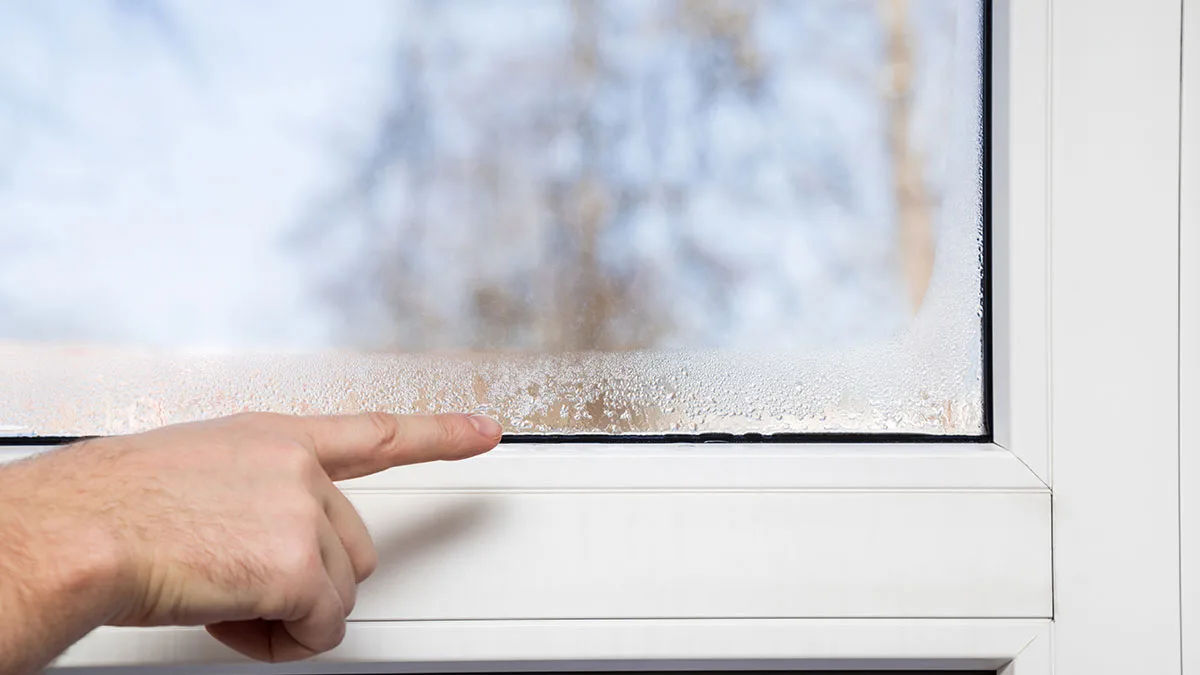Condensation on windows is a common issue that many homeowners face, especially during colder months. It not only obstructs your view but can also lead to mold growth and damage if left unchecked. Understanding the causes of window condensation and implementing effective solutions is crucial for maintaining a comfortable and healthy home environment.
Causes of Window Condensation
Condensation occurs when warm, moisture-laden air comes into contact with a cooler surface, such as your window glass. Several factors contribute to this phenomenon:
- Indoor Humidity Levels: High humidity levels indoors, often exacerbated by activities like cooking, bathing, and using humidifiers, increase the amount of moisture in the air.
- Temperature Differentials: Temperature variations between the indoor and outdoor environment can cause windows to cool down, making them susceptible to condensation.
- Poor Ventilation: Inadequate ventilation traps moisture indoors, creating conditions ideal for condensation to form on windows.
- Window Quality and Insulation: Older or poorly insulated windows are more prone to condensation because they allow more significant temperature differences between indoors and outdoors.
How to Reduce Window Condensation
Addressing window condensation involves a combination of controlling indoor humidity levels and improving window insulation. Here are effective strategies to reduce condensation:
- Monitor Indoor Humidity: Use a hygrometer to measure indoor humidity levels. Ideally, humidity should be kept between 30-50%. Use exhaust fans while cooking or bathing to reduce moisture buildup.
- Increase Ventilation: Improve airflow by opening windows periodically, using exhaust fans, or installing trickle vents. This helps to expel moisture-laden air and balance indoor humidity levels.
- Use Dehumidifiers: In areas prone to high humidity, such as basements or bathrooms, use dehumidifiers to remove excess moisture from the air.
- Upgrade Windows: Consider replacing old windows with energy-efficient models that have better insulation properties. Double or triple-pane windows with low-emissivity coatings can significantly reduce condensation.
- Insulate Around Windows: Ensure that window frames are properly sealed and insulated. Weatherstripping and caulking can help prevent cold air from entering and reduce condensation.
- Install Storm Windows: Adding storm windows can create an additional barrier against cold outdoor air, reducing the temperature differential that causes condensation.
Consult Denver’s Most Trusted Window Experts
If you’re experiencing persistent window condensation issues despite taking preventive measures, consulting with window experts can provide tailored solutions. New Windows for America in Denver offers a range of window options designed to enhance energy efficiency and reduce condensation. Their experienced team can assess your home’s specific needs and recommend the best solutions for your comfort and peace of mind.
Don’t let window condensation compromise your home’s comfort and structural integrity. Take proactive steps to manage indoor humidity levels and invest in quality windows that enhance insulation and energy efficiency. Contact New Windows for America today for a free, in-home consultation to discuss how they can help improve your Denver home.
By addressing window condensation effectively, you can enjoy clearer views, healthier indoor air quality, and greater energy savings throughout the year.
New Windows for America is “A Better Way to Buy Windows”!




